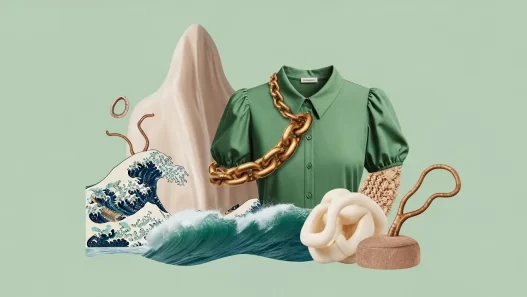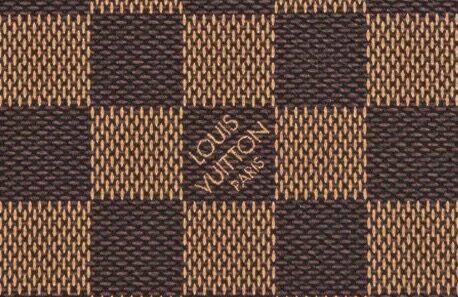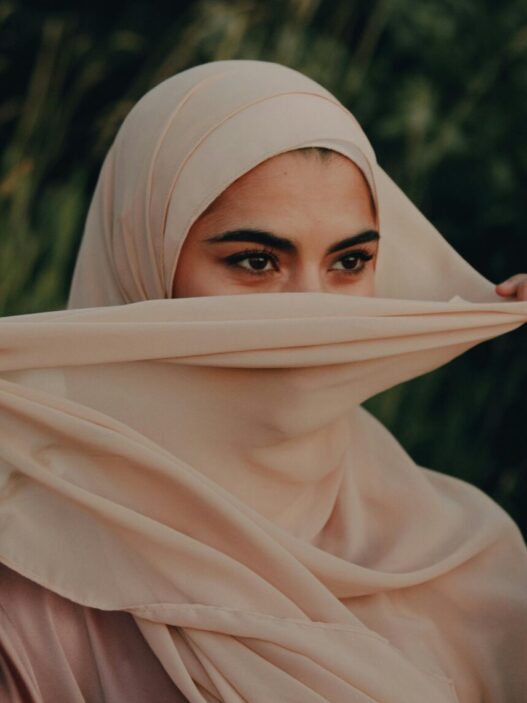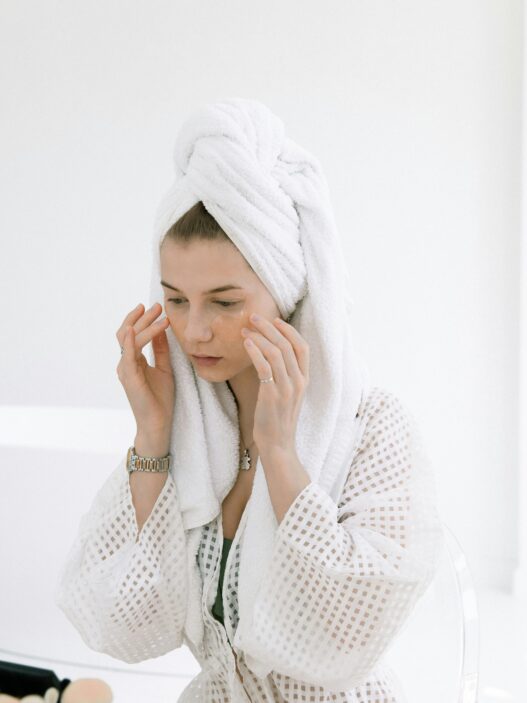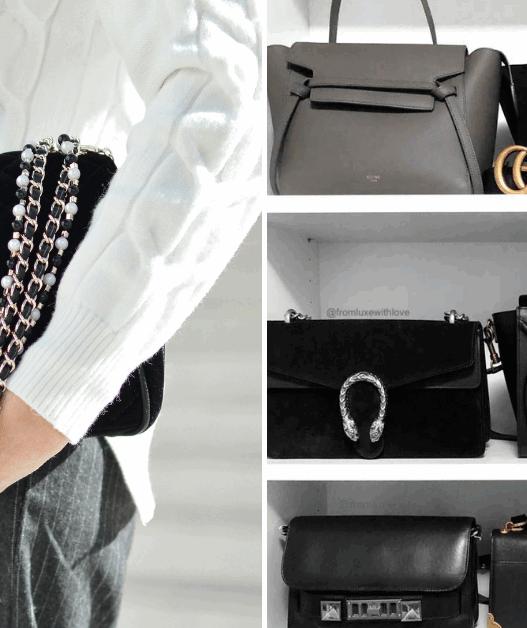Jaipur has never whispered.
Its beauty is deliberate, stitched into sandstone facades, mirrored in thikri glass, and carried in the scent of hand-dyed fabric drying in desert sun. Yet, somewhere between its palace walls and its village looms, a quieter kind of legacy is being written. Not in marble, but in muslin. Not in heirlooms, but in livelihoods.
At the heart of this legacy is a foundation that does not wear the word “empowerment” like an ornament, but engraves it into every block-print motif and stitched hemline. It is a space where tradition is not curated but cultivated, where the old is not archived but employed. Led by women and sustained by craft, the work here rewrites what fashion can look like when it is born not from scarcity or spectacle, but from structure.
This is not the philanthropy of press releases and token pledges. It encompasses infrastructure, legal, economic, and cultural aspects. An NGO by name- but in form, a quietly radical atelier that protects the provenance of its artisans, not only with purpose, but with policy.
Sustainability here is not a campaign. It is a clause.
It is the copyright of a motif passed down through generations.
The ethical wage embedded in the cost of couture.
The refusal to let tradition be romanticised without being remunerated.
Empowerment, Not as Ornament but Origin
Founded in Jaipur and helmed by Princess Gauravi Kumari alongside Parisian jeweller Claire Deroo, PDKF is not simply an NGO; it is a couture philosophy written in law, livelihood, and legacy. Positioned at the intersection of design and development, the foundation works with women from underserved communities, offering them not charity, but channels of training, income, and artistic recognition.
At the heart of PDKF’s model is a legal imagination that honours both the maker and the material. In a country where artisanal skills often fall between the cracks of labour codes and intellectual property frameworks, the foundation’s work is grounded in safeguarding not just aesthetic heritage, but the hands that sustain it. From ethical sourcing agreements to trademarked motifs, PDKF exemplifies what it means to turn artisanal revival into economic justice, without compromising on cosmopolitan beauty.
Legally structured as a not-for-profit organisation, the Foundation operates at the rare intersection of craft revival and community regeneration. Unlike traditional CSR models, which often orbit around tokenistic patronage, PDKF’s model is one of integration: its artisans are not beneficiaries; they are collaborators. The very business of design is built on their agency.
This alignment with social entrepreneurship allows the Foundation to channel corporate partnerships and philanthropic grants into long-term skill development, infrastructural training, and dignified income pathways. The regulatory framework thus becomes not a constraint but a canvas that allows the foundation to scale impact without diluting its artisanal essence.
What emerges is not a CSR checkbox, but a self-sustaining model where impact and aesthetic are in conversation. Here, compliance is not cosmetic. It is cultural.
In a world where “sustainable” often reads like marketing copy, PDKF enforces it as a mandate. It builds from the bottom up, amalgamating cooperative structures, IP education, and CSR-compliant operations that centre the artisan rather than extract from her. The result? A fashion ecosystem that is not only handcrafted, but also legally reinforced, stitched with intention, clause by clause.
This is not about soft power. It is structured power, softened by silk.
IP as Armour, Not Afterthought
To speak of intellectual property in fashion is often to conjure images of trademarked logos, protected silhouettes, and luxury disputes. However, at the Princess Diya Kumari Foundation, IP is not a matter of litigation, but a philosophy of protection – an armour that shields the spirit of heritage as much as the product itself.
Here, design is not derivative. It draws from centuries-old craft vocabularies, including tie-dye, mirror work, and intricate embroideries, but liberates them from the constraints of repetition. Instead of replicating what was, PDKF reimagines form. The block is no longer just a motif; it becomes negative space. The bespoke lehariya is not a print; it is motion, sculpted into silhouettes fit for the contemporary global gaze. This transformation, of craft into couture, of folklore into form, demands a legal consciousness that recognises creation not just as labour, but as legacy.
Within this framework, intellectual property becomes a tool not of ownership, but of attribution. The foundation ensures that the women behind each piece are seen as originators, not operators. Copyrights and design rights are carefully curated to protect not just what is made, but who made it. Every pleat, every pattern, is not just beautiful. It is credited.
This is especially critical in a world where traditional crafts are routinely appropriated without consent or context. By encoding legal protection into the design process, PDKF offers its artisans something far rarer than exposure: control. Control over their aesthetic voice. Control over how their craft is used. Control over how far, and how fair, their reach extends.
The law, when deployed with imagination, can be more than a fortress. It can be a frame. At PDKF, intellectual property is used not to gatekeep, but to give, ensuring that every creation speaks not just in the language of fashion, but in the grammar of justice.
Rewilding the Runway
If there was ever a case for fashion as quiet activism, it found its voice in Rewild 2023, a poignant collaboration between designer Anita Dongre and the Princess Diya Kumari Foundation. Far from being a mere runway affair, the event was a study in calibrated purpose: couture as a legal and cultural vehicle for species, ecosystems, and thought. Here, garments were not styled to impress; they were curated to convey a message. The language was fashion; the message was survival.
This was not philanthropy dressed up for the cameras—it was an ecosystem in motion. Dongre’s presence, while formidable, was never overpowering. At the heart of the show was not just a silhouette, but a sentiment: to restore harmony between humankind and nature. Designed as an ode to the wilderness, Dongre’s craft-led collection reimagined traditional artistry as a vehicle for activism. Think hand-embroidered jungle scenes, earthy palettes echoing monsoon forests, and lehengas that whispered of elephants and ecosystems. Supporting this was Kartiki Gonsalves, the Academy Award-winning director of The Elephant Whisperers, whose involvement as advisory partner lent quiet depth to the cause. The funds raised thus directly supported the Nature Conservation Foundation, a South India–based organisation focused on human-elephant coexistence.
The same spirit of legal consciousness carried over into PDKF’s Artisan Collective 2025, a three-day cultural renaissance held at the City Palace, where heritage was not merely displayed; it was re-lived. Against the scalloped pinks and arch-lined pastels of Jaipur’s Sarvato Bhadra, each session was a legal ode to continuity. From panels on craft marketing and brand ownership for women entrepreneurs to performances that blended music with Meenakari heritage, the curation struck a rare balance: elegance with equity.
The Collective was not just about showcasing Rajasthan’s tangible crafts; it also spotlighted its intangible legacies. Whether in Gul’s discussion on sustainable weaving or the Kalbelia women’s mesmerising performance at Dera Kalbelia, each frame reflected a conscious effort to codify grassroots culture within contemporary IP, CSR, and ESG frameworks. This wasn’t heritage as nostalgia. It was heritage as living legislation.
A Legal Atelier of Legacy
Royal involvement here is not symbolic; it is systemic. Princess Gauravi Kumari doesn’t simply preside over events; she participates in the storytelling. In doing so, she not only anchors Jaipur’s cultural relevance but also offers a blueprint for how a dynastic legacy can lead to a future in which women-owned, artisan-authored, and legally empowered design finds its rightful place in the global market.
In an age of digitised everything and mass-produced nothingness, the Princess Diya Kumari Foundation offers a rare and resounding counterpoint: a movement that is both human and heritage-led. It doesn’t merely preserve tradition; it reanimates it, recasts it, and allows it to evolve through the hands of the very women who have long been left outside the atelier of opportunity. Here, craft becomes currency. And tradition? A living, breathing collaborator.
At the helm of this revival stands Princess Gauravi Kumari, not as a ceremonial figure, but as a quiet architect of something enduring. Her leadership isn’t about nostalgia. It is about nuance: how to protect the soul of a city while designing for its future. Under her guidance, Jaipur doesn’t just become a site of heritage; it transforms into a system of empowerment. A place where IP law, artisan authorship, CSR frameworks, and cultural memory braid together into something profoundly modern, and yet deeply Indian.
The foundation doesn’t shout. It doesn’t dazzle with buzzwords. Instead, it builds with intention, proof that legacy is not what you inherit, but what you choose to shape.
And suppose you listen closely, in the rustle of hand-woven silk, in the steadiness of a woman now earning her income, in the legal scaffolding protecting a generational craft. In that case, you’ll hear the unmistakable sound of something rare in today’s world:
Sustainability, by design. Philanthropy, through intentional fashion. Royalty, by true grace.



